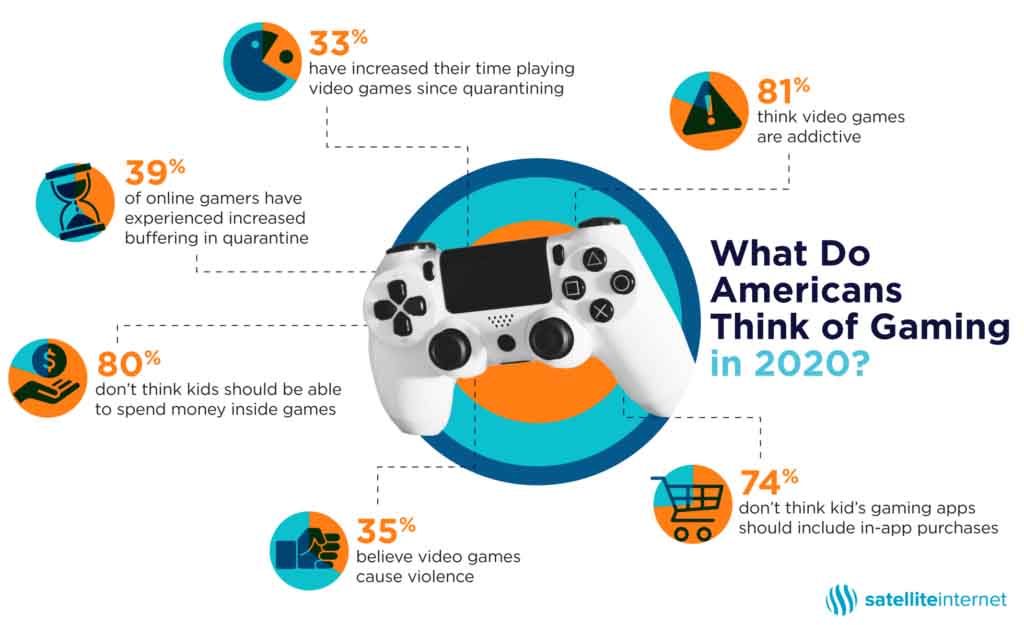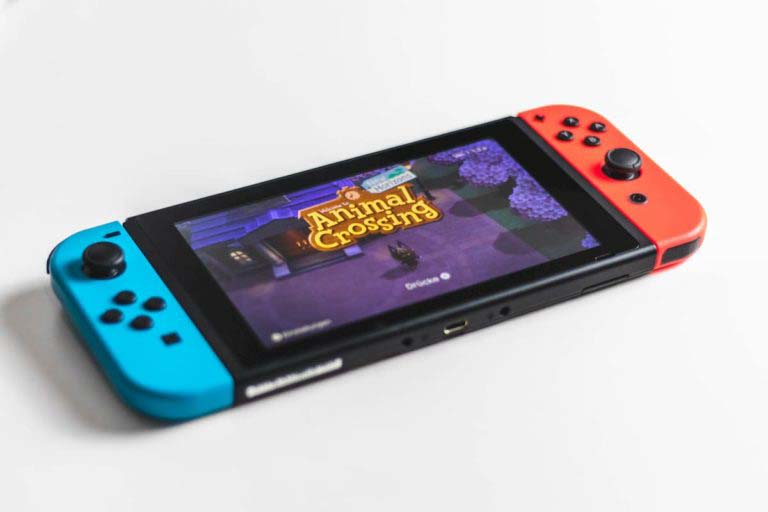We surveyed hundreds of Americans on some of the most frequently asked questions and myths surrounding video games to get a better idea of how they’re spending their time in quarantine.
Gaming During Quarantine

More game time than ever
According to our survey results, a third of Americans have increased their time playing video games since quarantining. But with more people online, you may need faster internet to keep up with the competition: 39% of online gamers have experienced increased buffering during the quarantine.
And it’s not just a quick round or two of Mario Kart either—30% of socially isolating gamers play video games for two to three hours a day. And nearly 23% of all our gaming survey respondents played four hours or more every day.
On top of that, 18% of respondents would skip sleeping to get more gaming in, and 14% would skip eating or working. If you think that’s a bit over the line, you’re not alone: 81% of respondents think video games are addictive.
But think of the children . . . and the money
Keeping the addiction potential in mind, 74% of Americans don’t think gaming apps designed for kids should include in-app purchases, and 80% don’t think kids should be able to spend money inside games.
In fact, Americans are more worried about their kids spending money on games than they are about violence: only 35% of respondents think video games cause violence.
There are plenty of gaming options beyond violence for gamers to choose from. While 16% of respondents prefer shooter games, 14% of respondents prefer simulation games like The Sims and Animal Crossing.

Social distancing led to Switches selling out
Much like toilet paper, Nintendo Switch aisles were emptied across the country when quarantine measures were announced and Animal Crossing: New Horizons was released. The console itself has doubled in sales since the game came out.
Still, despite the sales bump, only 12% of our respondents said they own a Nintendo Switch, while 23% said they own a PS4 and 21% own an Xbox One.
When it comes to gaming, 35% are using their phones to play games, which is just a little more than those who use gaming consoles (34%).
Will gaming fever . . . continue?
Since a third of Americans are gaming more following the outbreak of COVID-19, will we see a more gaming-addicted America long after the virus concerns are gone? Only time will tell.
Until then, we say game on—but know your limits!